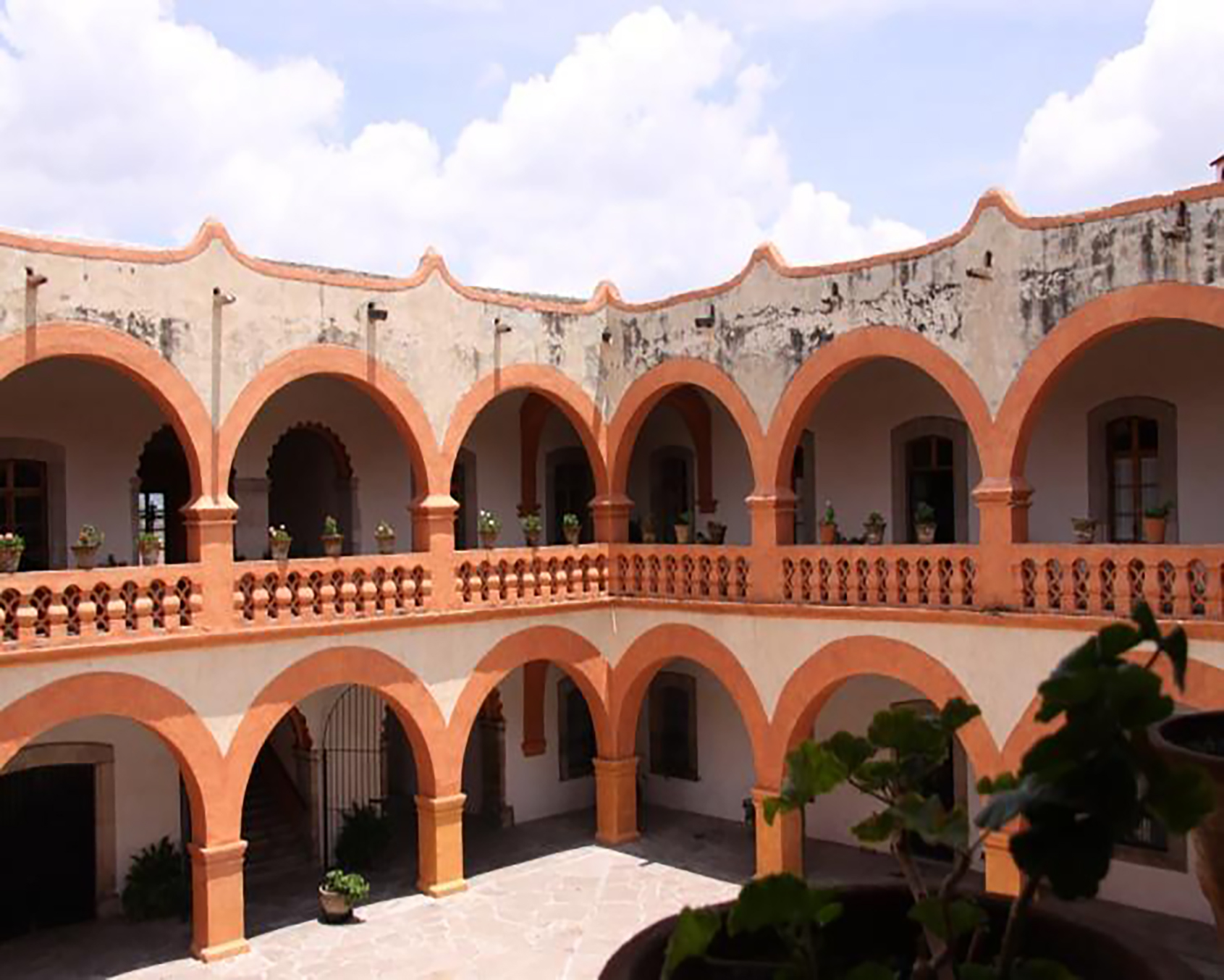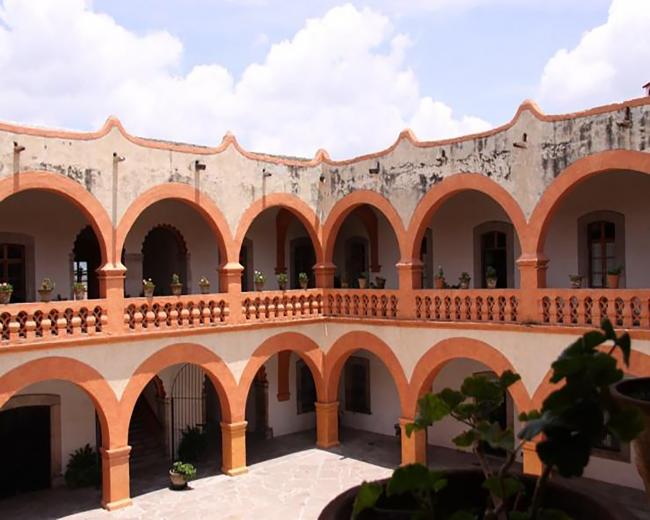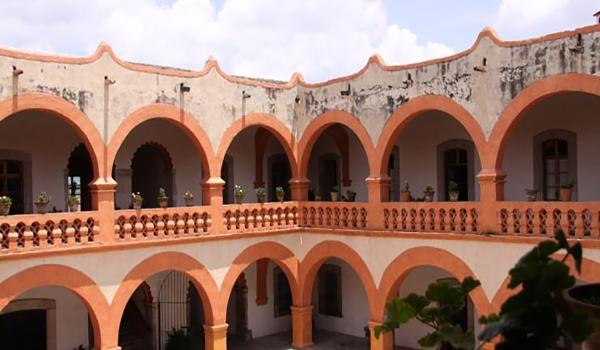Antigua hacienda de Chichimequillas
Route element
Antigua hacienda de Chichimequillas
The Hacienda de Chichimequillas is located in the municipality of El Marqués, Querétaro. It was built around 1690 by Carmelite monks who settled in the area to assist and settle the Chichimeca Jonaces and Pame indigenous people, while also providing shelter to travelers journeying along the Camino Real de Tierra Adentro to and from the mining regions of Guanajuato and Zacatecas.
From the beginning, the pacification strategies implemented by the Spanish crown on certain stretches of the Camino Real included the presence of religious orders. In the case of the Discalced Carmelite order, they arrived in New Spain in 1585. Taking advantage of the benefits offered by the Bajío region, such as the abundance of aquifers and forests rich in timber, the Carmelite monks established various settlements that would eventually generate significant commercial and mining development in the region. These settlements were the basis for the first agricultural and livestock farms, which in turn grew in size and production until they became haciendas. Among the most prosperous haciendas in the state of Querétaro is Chichimequillas, which means "red lands."
In the case of Chichimequillas, the Carmelites built an inn made of lime and stone that served as a place for travelers to eat, rest, and change animals before continuing their journey. The location and vision of the Carmelites turned Chichimequillas into an agricultural and livestock emporium. Architectural elements of both Baroque and Neoclassical styles can be appreciated in it.
The main building of the hacienda was completed in 1813. It was a two-story structure that served as the residence and operational area of the order; various work areas were grouped around the central courtyard, including workshop rooms and trade halls, typical of the pedagogical activities of the Carmelites in the region. The upper floor housed the rooms of the religious members. Attached to the main building, a chapel with its atrium was constructed.





